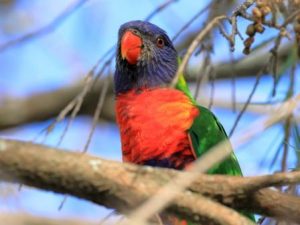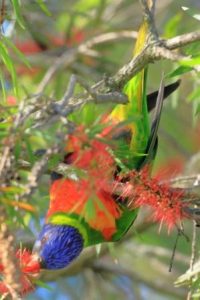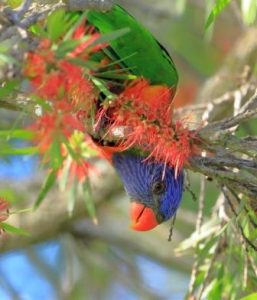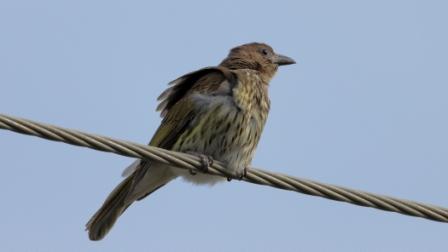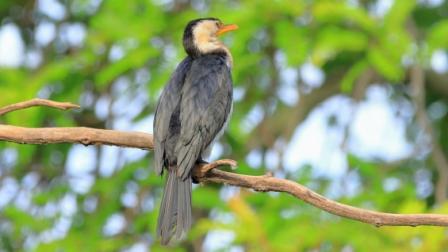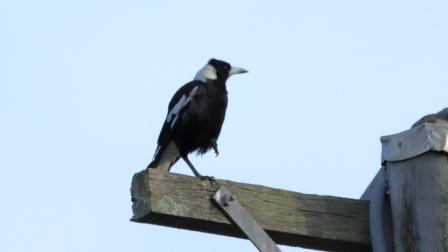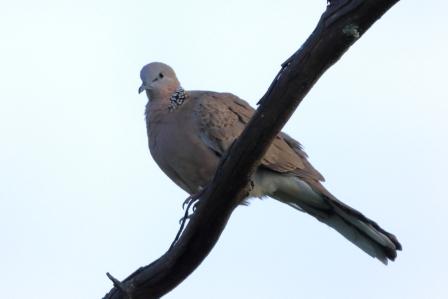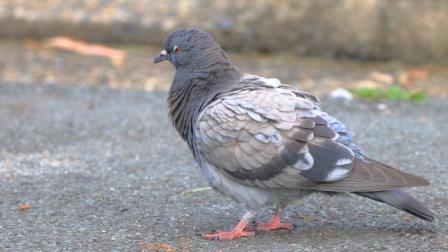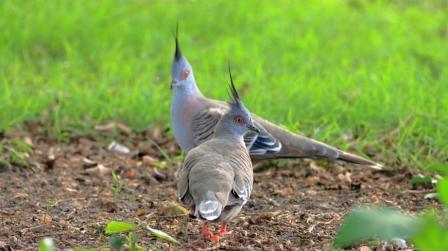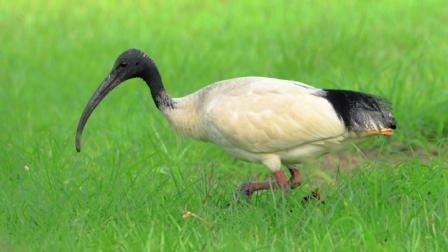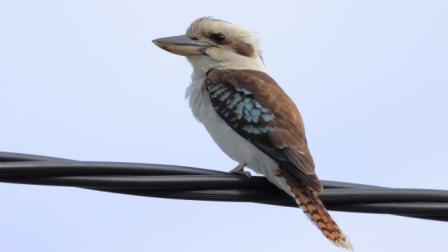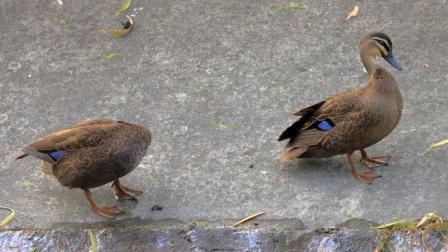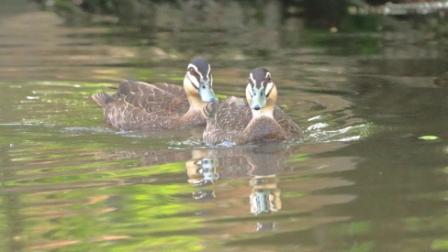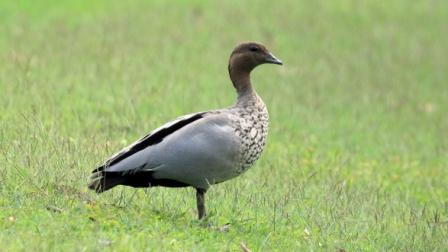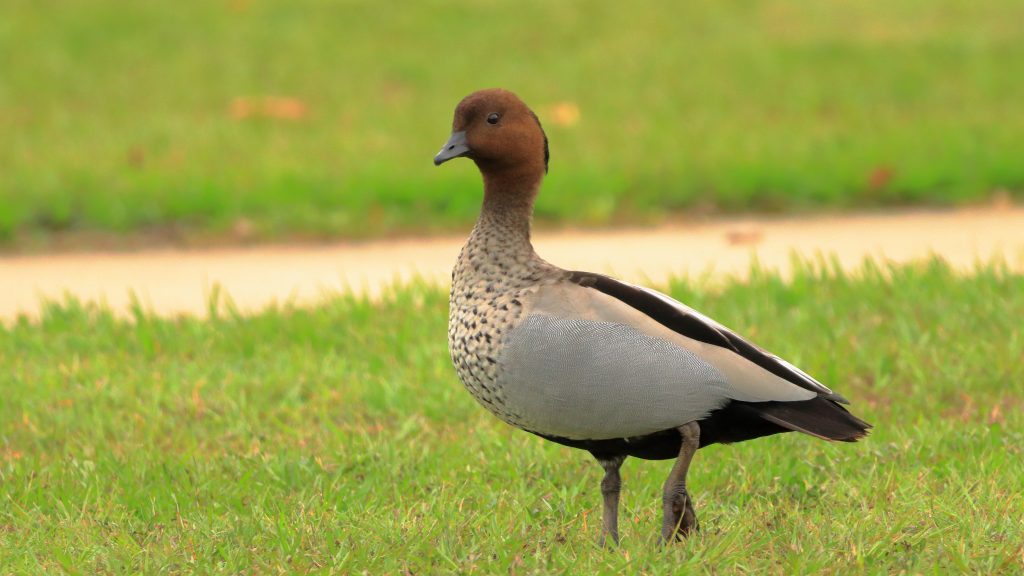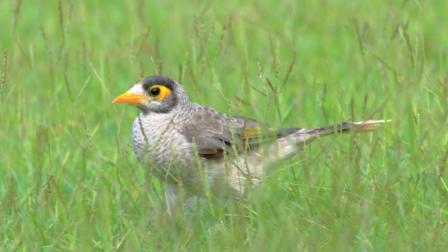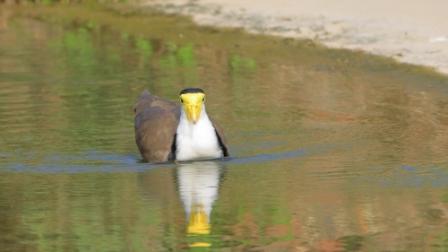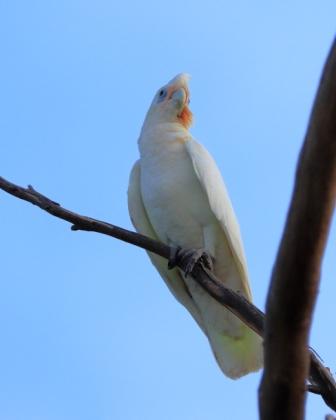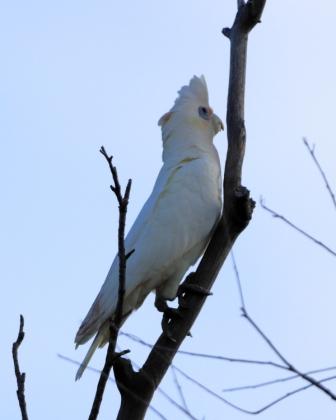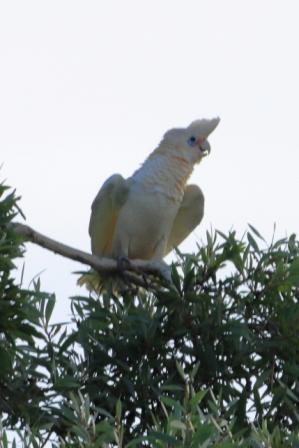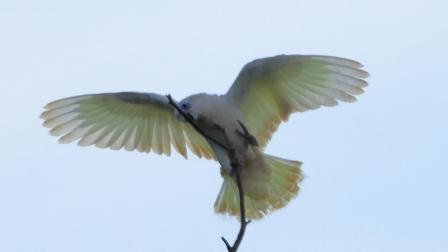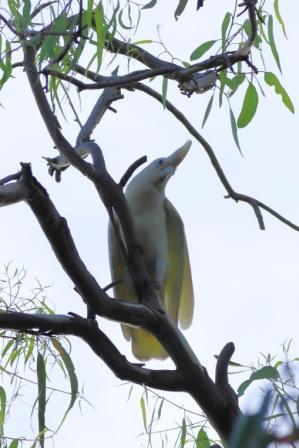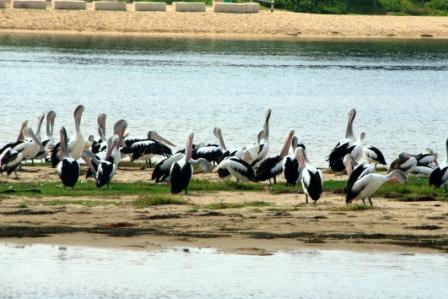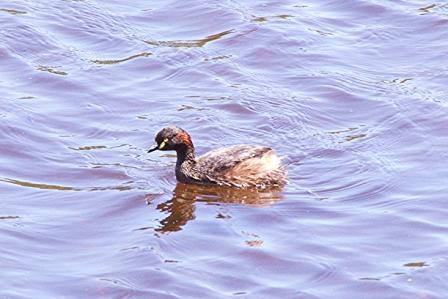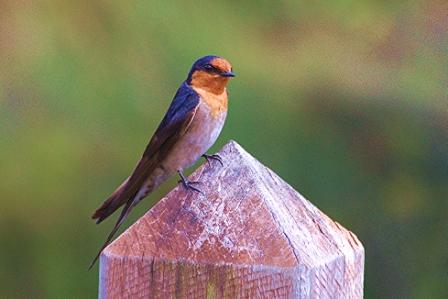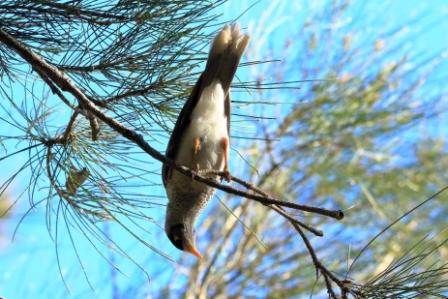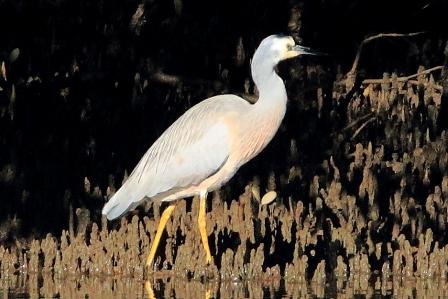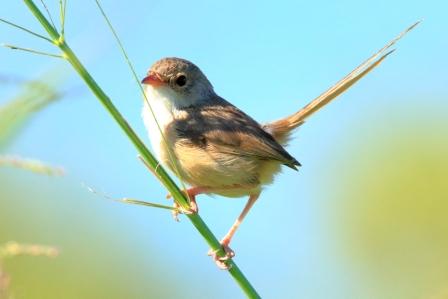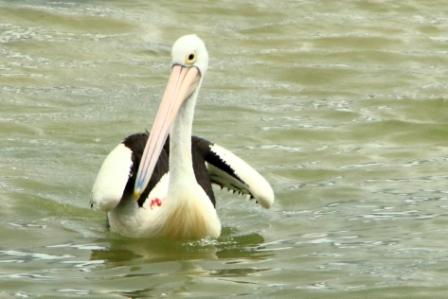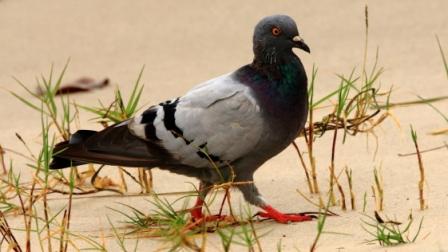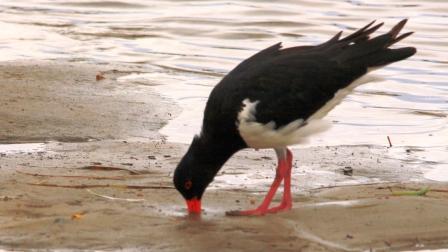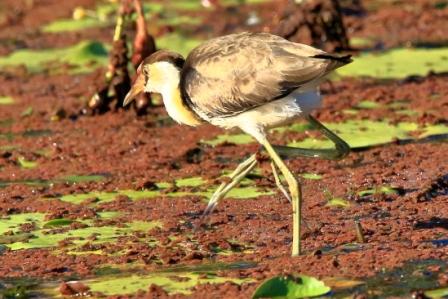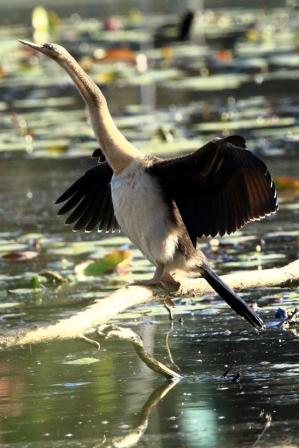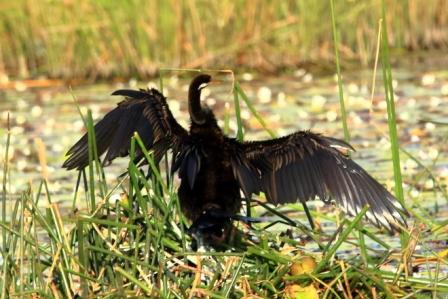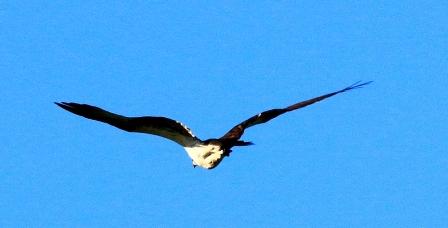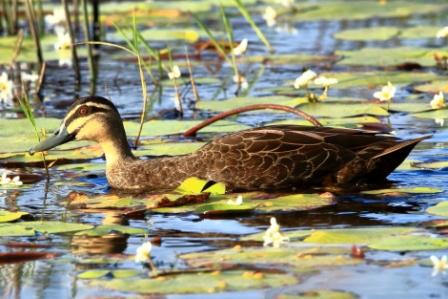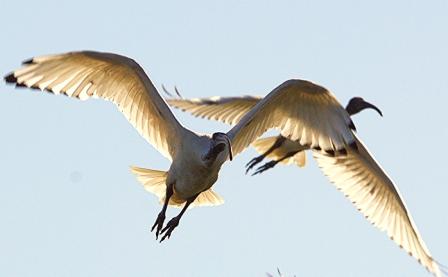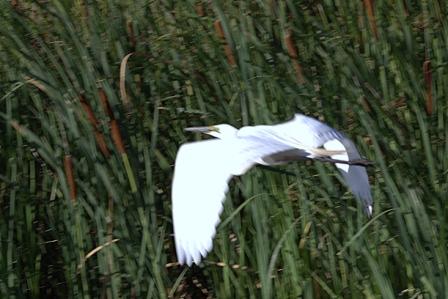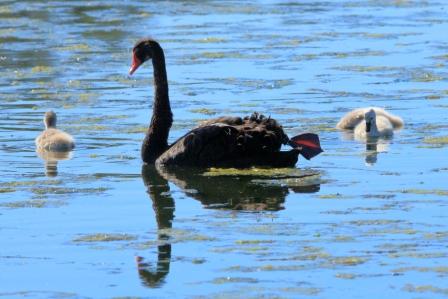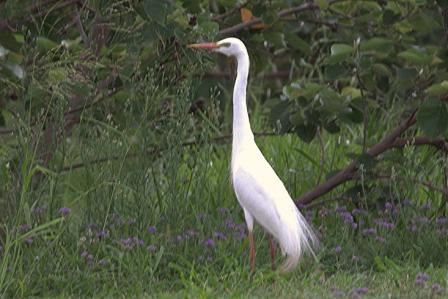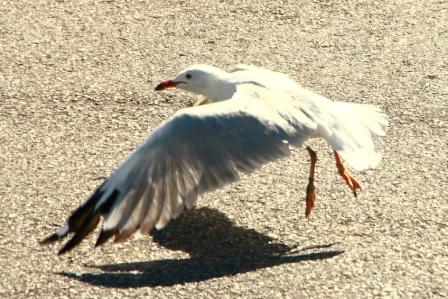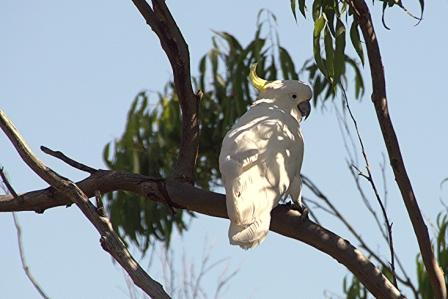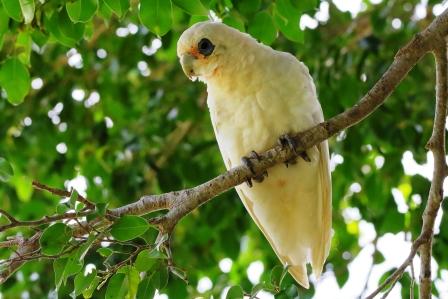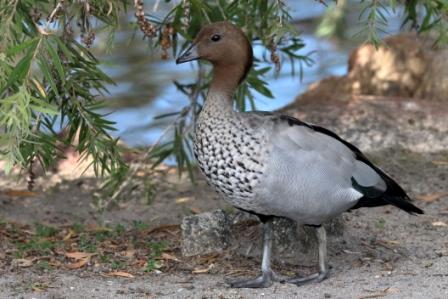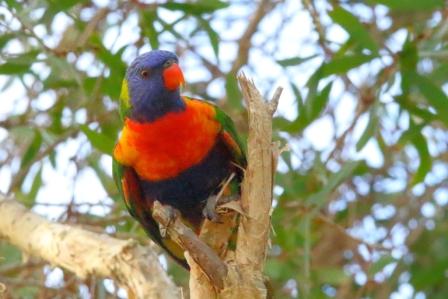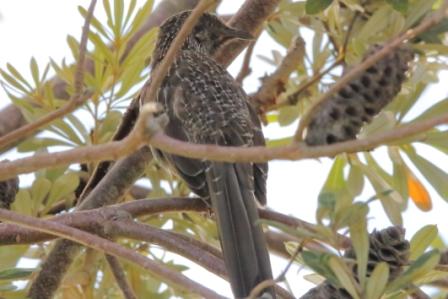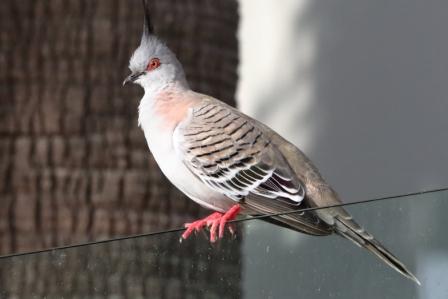Humptybong Creek runs into Moreton Bay just north of the foodie strip in Redcliffe Parade, Redcliffe. But mostly it doesn’t. A dam behind the town holds the water back, unless there has been heavy rain. From the dam the creek waters make their way through drains and culverts to run across the sand. Evidence is soon washed away by incoming tides.
The creek runs to the south west, under Anzac and Oxley Avenues. It drains the slightly higher terrain behind the coastal strip. The dam holds back enough water to encourage wild life. This is what makes it such a good location to photograph bird life.
But Humptybong Creek has a link with history. The Redcliffe foreshore was the sight of the first European settlement on Moreton Bay. Humptybong Creek provided fresh water to the new and tiny settlement. At least two dams were built at different times to provide and increase water storage. Parts of the later dam to be built remain and have been preserved. They are in the park area to the south of Anzac Avenue.
Poinciana trees and Banksia are in bloom and attracting Rainbow Lorikeet in significant numbers. I only have to walk 100 meters from the side gate of our complex to find them in a Banksia in the corner of the Energex power substation, but a high chain wire fence makes it difficult to photograph them. But the trees in Humptybong Park, that runs on either side of the creek, makes photography easier.
Food supply seems to attract other birds as well. There always seems to be a variety in the area. As suggested by its name, the Figbird eats fruit and berries, but also eats insects. They move around to the extent necessary to be near a food source.
An area of the creek, nearer to its mouth, has enough permanent water to permanently support water birds. The most common are Ducks, but one particular tree frequently hosts Little Pied and Little Black Cormorants. They both rest and feed at this location. They are often to be seen swimming in search of food.
Australian Magpies are frequently in the area. Their melodic carolling can often be heard. I see them regularly an my daily walks.
There are always pigeons around. As a matter of fact I can hear one call is I write this blog. The Feral Pigeon is by far the most common bur we see the Spotted Turtle-Dove and Crested Pigeon quite regularly. There is one location beside the largest waterhole where they congregate, mainly because that is where people come to feed them.
The Australian Ibis is a regular around the water courses in this area, including the exposed sea floor when the tide is out. Often dozens are to be seen forging for food. Like the Cormorants, they have a favourite tree in the creek on which they like to perch.
We don’t see as many Kookaburra as we would like, but they are about. A few weeks ago two young birds called in for a swim in the complex pool and had a good preen afterwards. The bird pictured was sitting on a power line near the creek.
What was formerly the Purple Swamphen and is now known as the Australasian Swamphen is another species that breeds on Humptybong Creek. The one pictured above was busy protecting the little ball of black feathers that is her chick. The Australian Weed Duck can be seen almost anywhere there is water. Family groups can often be seen at the creek.
The Noisy Miner is another prolific bird. They can be seen wherever there is nectar to be taken from flowers, noisily protecting their patch. This one was taking a walk through the grass.
Another regular around the Moreton Bay area is the Masked Lapwing or Plover as it is commonly known. While normally seen on land, they are often seen in or near the water. I have seen them feeding with water birds when the tide is down. This one dipped itself into the water as I took the shot.
The Little Corella (Cacatua sanguinea) has appeared again this year, as the pine nuts have reached the point of tempting them. Accompanied by their signature screeching sound they were flying from tree to tree as they fed. They offered lots of photo opportunities so I clicked away.

